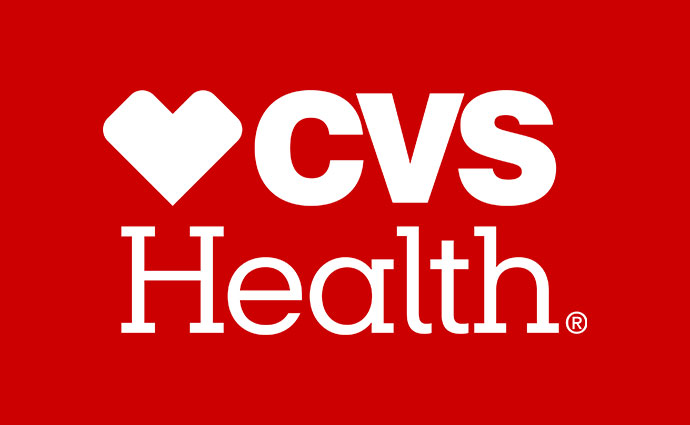CVS Health: How Educators, Parents Factor Into Adolescent Mental Health
Parents and educators can play important roles in adolescents’ mental health journeys, especially as the adolescent mental health crisis escalates.

Source: CVS Health Logo
- Adolescents are more likely to approach educators about mental health concerns than they are to approach their parents, but parents are more likely to initiate conversations about mental health than educators, according to a poll conducted by CVS Health and Morning Consult.
From August 12 through August 23, 2022, the researchers polled 500 parents and 340 educators online. The educators taught children between the ages of 13 and 17.
“Young people continue to face a mental health crisis, but they are not facing it alone. Most are turning to the adults in their lives for help—both at home and at school,” said Karen Lynch, CVS Health President and chief executive officer.
“To increase our attention on adolescents’ mental health, we have launched new programs to reach them and their families directly, and resources to help parents and caregivers better understand mental distress and available support. Mental health can, and should, become a part of everyday conversation in the classroom, during lunch hour and at the dinner table.”
More than three-quarters of educators stated that they were concerned about adolescent mental health (76 percent). Also, nearly eight in ten educators said that children had approached them to discuss a mental health concern (78 percent). But less than a quarter of educators said that they had initiated discussions of mental health with a child (22 percent).
According to educators, the four drivers of poor mental health among children are: family dynamics, self-esteem, social dynamics such as bullying, and social media. Educators were more ready than parents to identify gender, race, and sexuality as factors in mental health, with three-quarters of educators noting these factors compared to only a quarter of parents.
In contrast to educators, far fewer parents expressed concerns about children’s mental health (43 percent). Additionally, fewer parents reported that children had ever approached them about mental healthcare needs. Despite these responses, parents were more likely to say that they had initiated conversations about mental health with their children, with nearly half of all parents stating that they had started such conversations (49 percent).
Parents reported that the four drivers of poor mental health among adolescents are: academic pressure, self-esteem, stress due to the coronavirus pandemic, and social dynamics such as bullying.
Despite these disparities between educators and parents, both groups expressed that they knew what to do if an adolescent shared a mental health issue with them. More than nine out of ten educators and parents alike expressed this confidence (94 percent each). They also largely agree that affordable mental healthcare is essential for adolescent mental health.
“The mental health of America’s youth continues to suffer, and our survey reveals the opportunity to create an ecosystem around our children to ensure they get the mental health resources they need,” said Cara McNulty, president of behavioral health and mental well-being at CVS Health.
“Parents and educators create a critical, complementary team that supports adolescents through the impacts of academic and family pressures, self-esteem concerns, COVID-19 and more. By helping adolescents, we can prevent mental health issues and the risk of suicide from arising or becoming worse and set healthy well-being habits in this generation for years to come.”
Recognizing the poor condition of adolescent mental health broadly, CVS Health’s Aetna bolstered its adolescent suicide prevention approach in 2022.
In 2021, Centene cited how the pandemic has shaped children’s mental health development. The payer supported partnerships with schools, preventive services for individuals with suicidal thoughts, and informing providers about resources, among other strategies.
